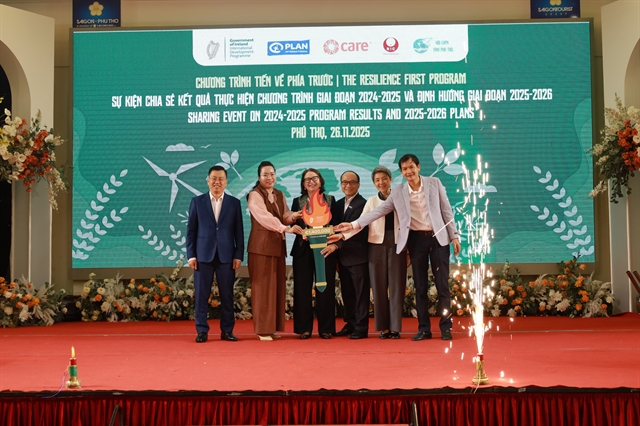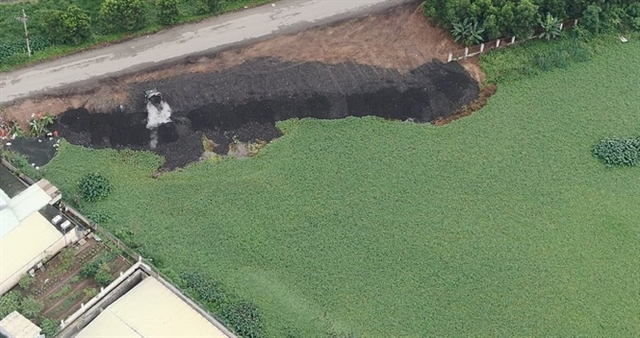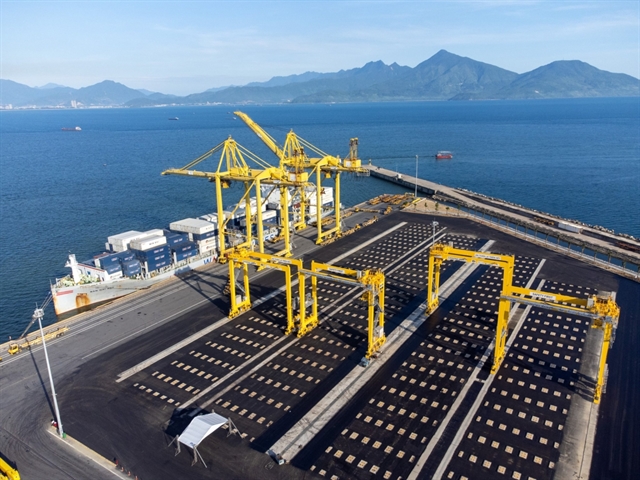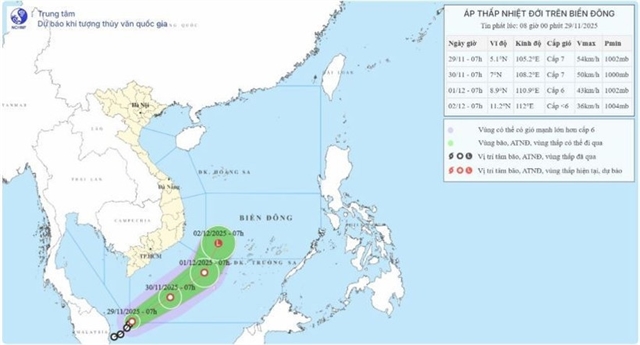 Society
Society

Residents in the area said the ash contained cloth, nylon, burning plastic and scrap pieces, causing a terrible toxic smell and giving them headaches and dizziness when inhaling it.

|
| Incinerator ash has been dumped along the adjacent area between Cổ Dũng and Tuấn Việt communes in Kim Thành District in Hải Dương Province, causing severe environmental pollution and posing health risks for local residents. — Photo tienphong.vn |
HẢI DƯƠNG — Citizens in northern Hải Dương Province have complained about the disposal of incinerator ash from a local waste treatment plant over the past 10 days, claiming it has caused a bad odour that brings potential health risks for those living nearby.
The waste treatment plant, which belongs to Hải Dương Urban Work Management JSC, is located in Việt Hồng Commune in Thanh Hà District.
The company has reportedly dumped incinerator ash in the adjacent area between Cổ Dũng and Tuấn Việt communes in Kim Thành District as part of land levelling work over the past 10 days.
Residents in the area said the ash contained cloth, nylon, burning plastic and scrap pieces, causing a terrible toxic smell and giving them headaches and dizziness when inhaling it.
Nguyễn Văn Thành, a resident in Cổ Dũng Commune told Tiền Phong (Vanguard) newspaper that the company said it dumped the ash for land levelling but there was no technical layer between the ash and the land as required.
Worse, the ash contained unburnt or burning times and stank.
“This is an act of environmental pollution”, he said.
“We really hoped that the provincial authorities would inspect the situation,” he added.
Thành also said that local residents had to inhale the smoke and dust released from the waste treatment plant for years.
Tạ Hồng Minh, deputy director of the provincial Department of Natural Resources and Environment, said the waste treatment plant was put into operation in July 2012 with a designed capacity of 64,000 tonnes of waste per year.
It was expected to produce 12,390 tonnes of compost per year.
However, the plant only processed half of the designed capacity and the rest of the rubbish had to be burnt.
In addition, the compost produced from the treatment process could not be used and the company was forced to stop producing it, meaning all domestic waste has been burnt in incinerator since 2016.
Vũ Đình Hiền, head of the provincial Sub-department of Environmental Protection, said inspectors of the provincial Department of Natural Resources and Environment and the provincial authority would carry out a comprehensive inspection of the incident soon.
Hoàng Dương Tùng, former head of the Vietnam Environmental Administration, said incinerator ash from domestic waste mainly contained large amounts of hazardous waste as domestic waste was not classified in the first place.
To use this kind of ash for land levelling, the company must have its waste tested to prove it's non-hazardous.
“Normally, ash from domestic waste incinerators is not used as a material for land levelling because it’s likely to contain high levels of hazardous substances. Only ash from industrial incinerators like coal-fired power plants can be used for that purpose,” he said.
Nguyễn Kim Tuyển of the Vietnam Environment Administration agreed, saying ash must be tested and meet requirements stipulated by the Ministry of Construction.
Even when the use of ash for land levelling was permitted, the work must comply with technical regulations such as the use of fabric layers so as not to affect groundwater.
The administration would check the incident and have solutions for that, Tuyển said. — VNS




